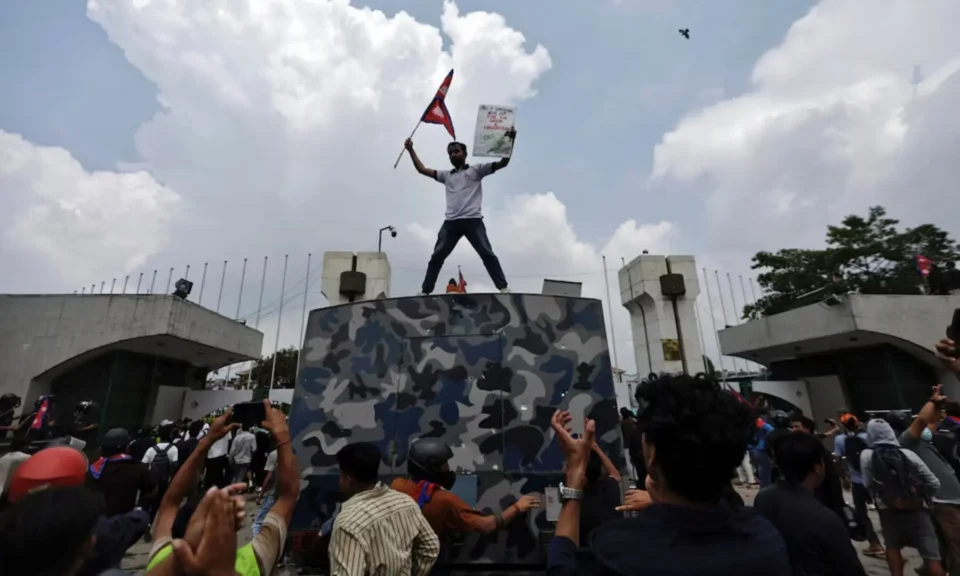Nepal’s Youth-Led Protests Spark Unrest in Kathmandu
Kathmandu witnessed one of its most turbulent weeks in recent history after nationwide protests, largely driven by the country’s younger generation, escalated rapidly. What began as peaceful demonstrations against corruption and limited freedom of expression soon spiraled into widespread unrest.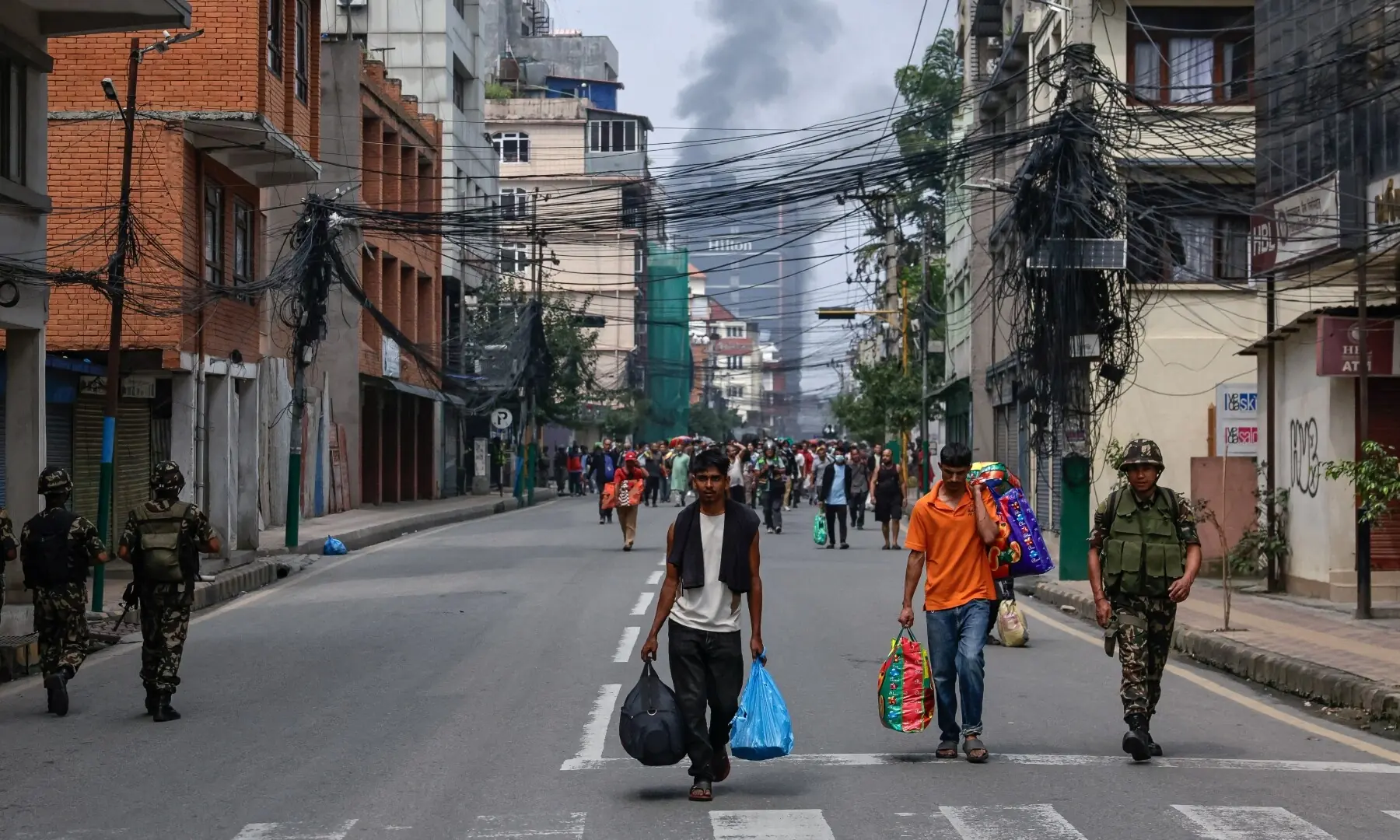
How It Started
The protests were initially triggered by a temporary ban on social media platforms, which many young Nepalis viewed as an attack on free speech. For years, the country’s “Gen Z” has been vocal about issues like corruption, nepotism, and economic disparity. Thousands took to the streets expecting a peaceful movement, with music, slogans, and even appearances by local celebrities.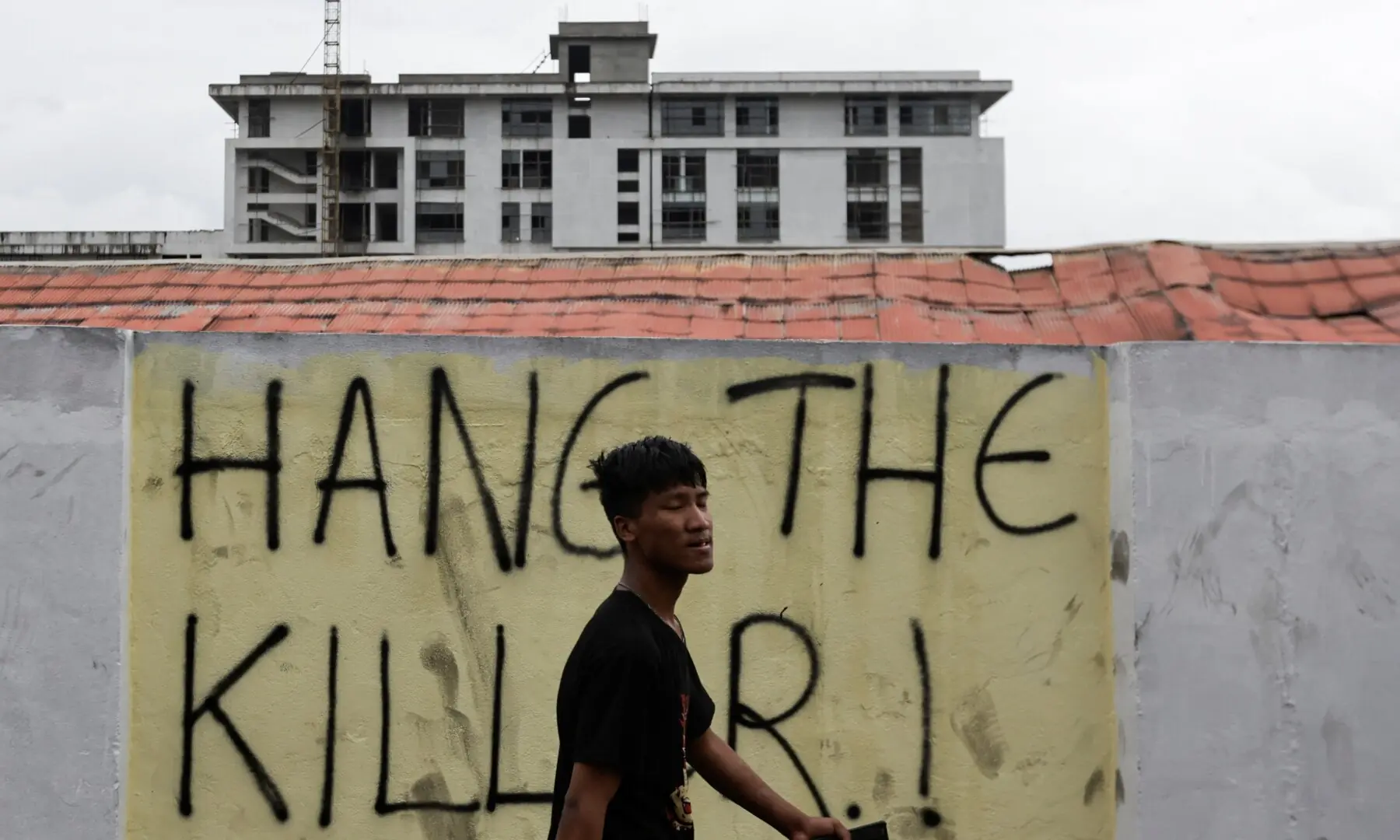
Escalation in the Capital
However, within hours, tensions grew, and isolated incidents of violence quickly spread. Several government buildings, private properties, and vehicles were damaged. Reports confirmed that multiple parts of Kathmandu experienced fires and vandalism, leaving the city clouded with smoke and uncertainty.
Local media outlets also came under attack, raising concerns about press freedom and the safety of journalists. Many news organizations, including Kantipur Television, were directly affected.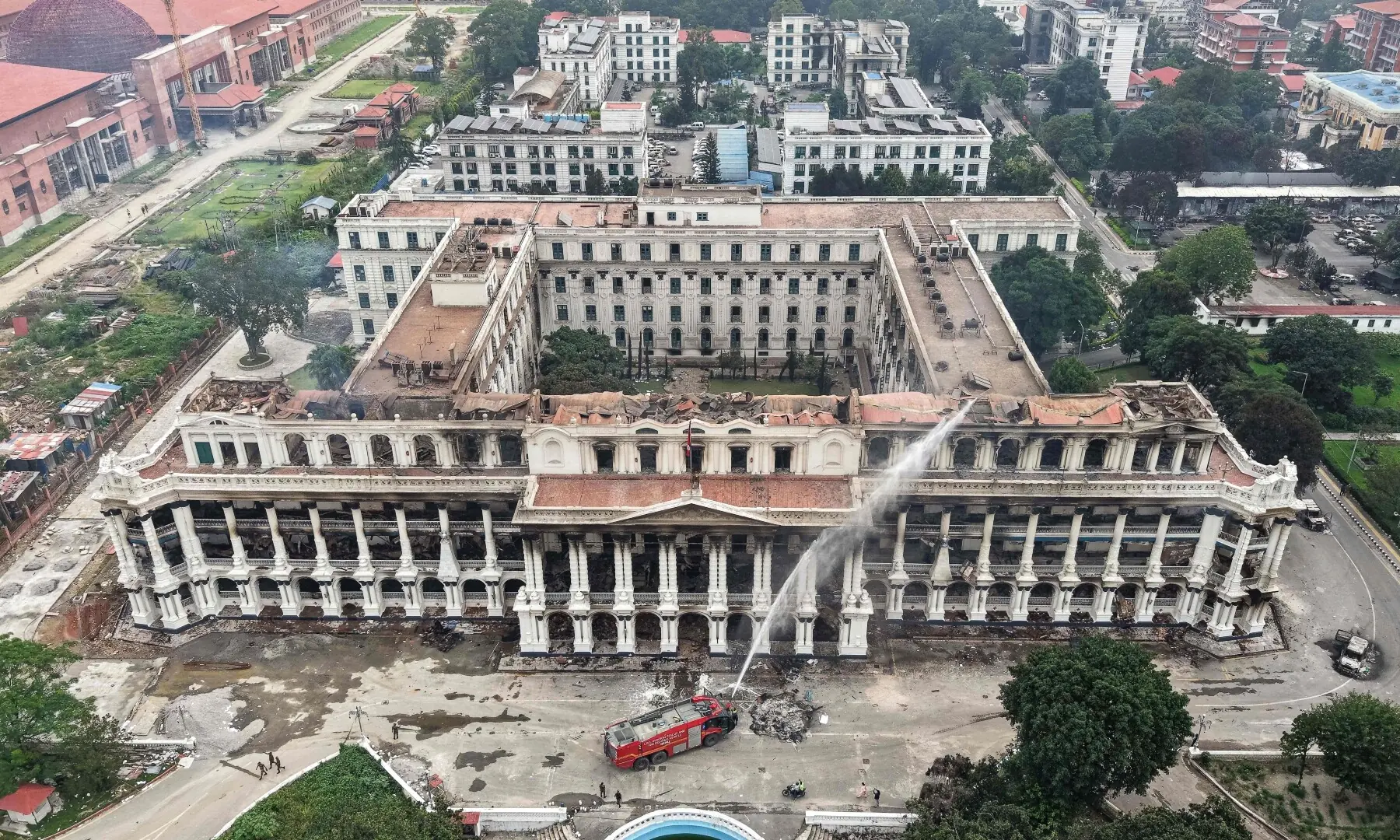
Rising Concerns
Tragically, lives were lost during the unrest, with dozens of injuries reported across the city. Hospitals remained overwhelmed, and many families anxiously awaited news of missing loved ones. The atmosphere in Kathmandu was tense, as curfews and security patrols were enforced to restore order.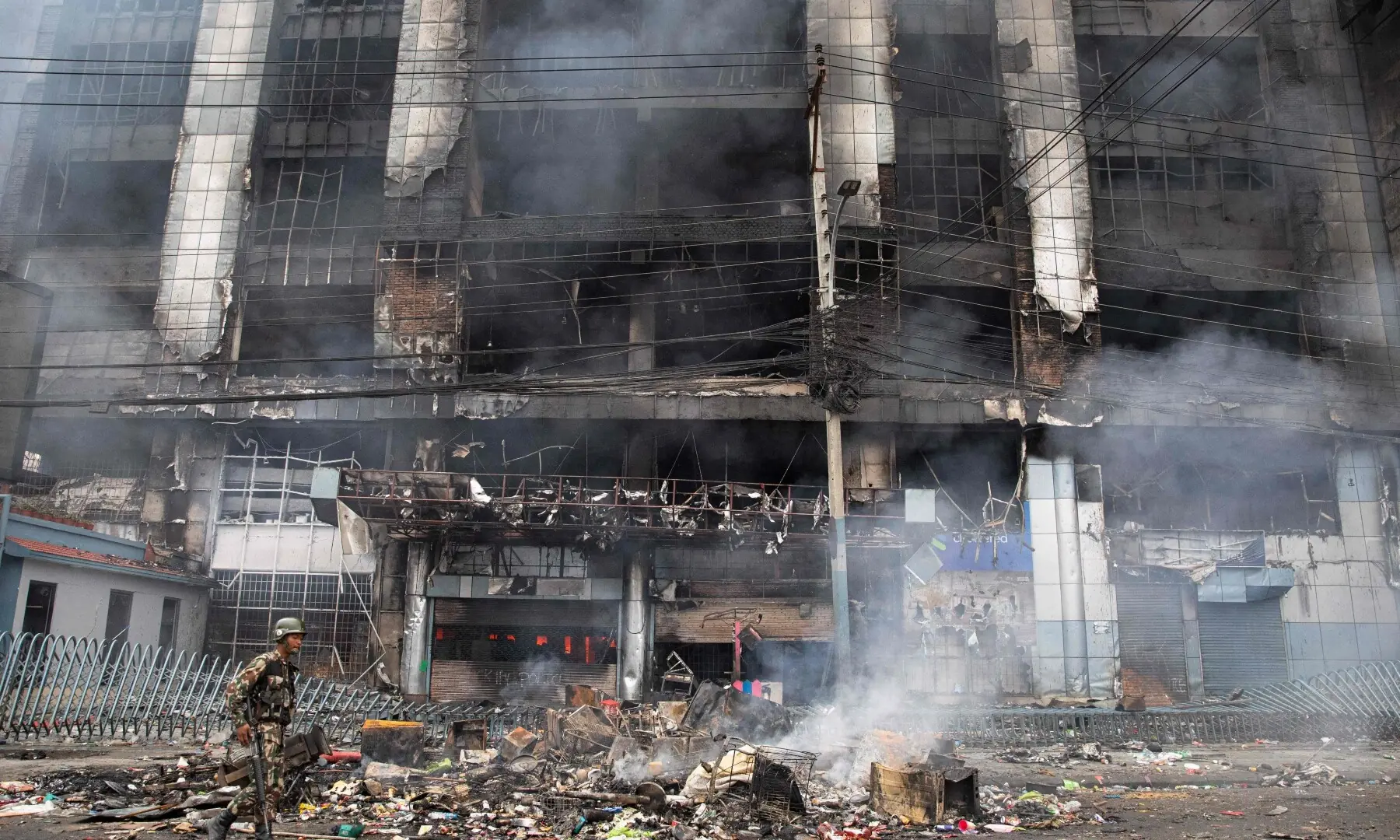
Public Sentiment
Protesters have been vocal about their frustrations with governance and inequality, while others have called for calm, emphasizing that the movement was never meant to turn violent. The rapid escalation has left many citizens questioning who was behind the sudden wave of arson and destruction, and whether external groups might have influenced events.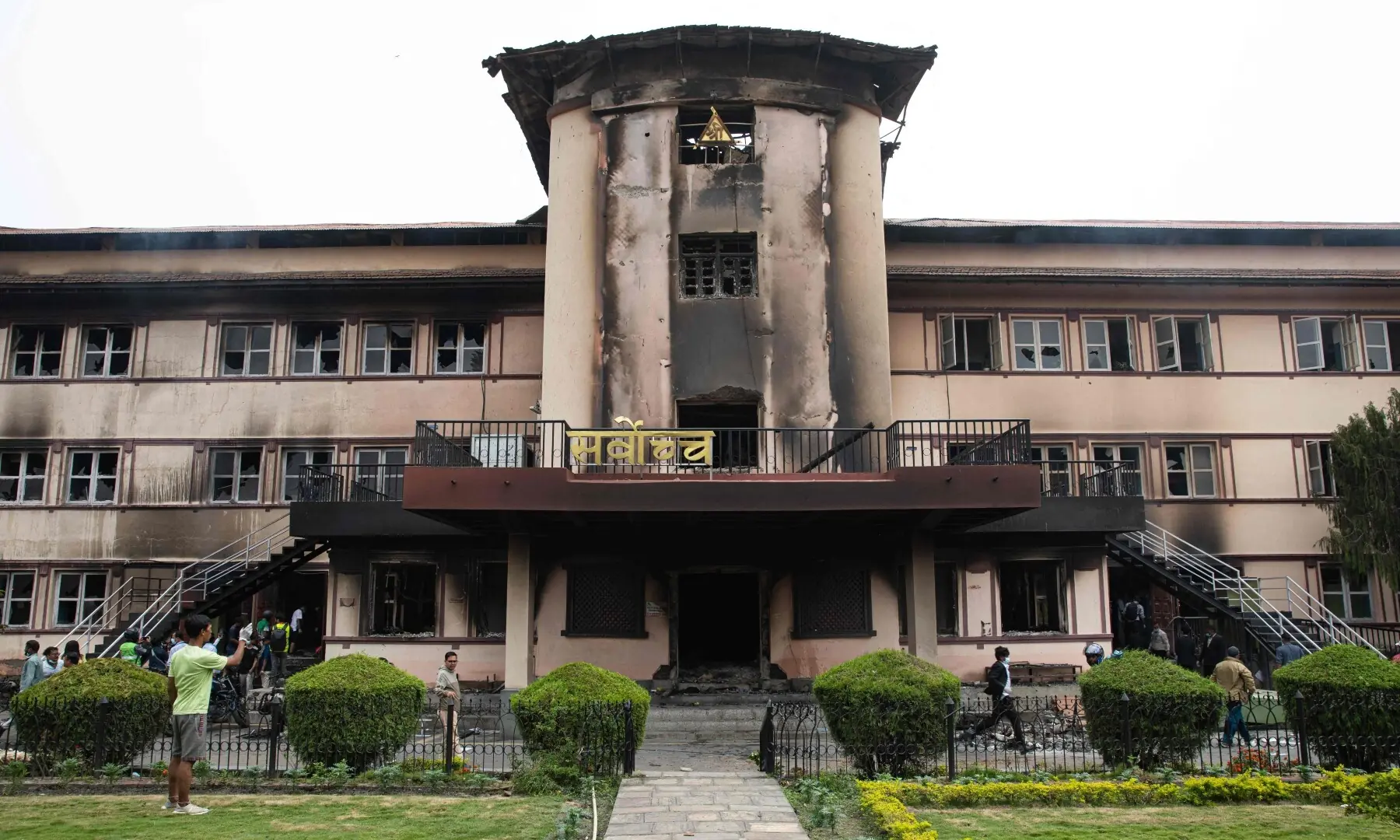
A Nation at Crossroads
Discussions about Nepal’s political future are now gaining momentum. Gen Z leaders have called for reforms, including the possibility of an interim government. Former Chief Justice Sushila Karki has reportedly been approached by protest leaders as a potential candidate to guide the transition.
Looking Ahead
For now, the priority remains restoring peace, ensuring public safety, and providing relief to affected families. The international community has expressed concern while closely monitoring the situation.
Nepal stands at a critical juncture. The passion of its youth has highlighted urgent demands for transparency and change, but the challenge lies in channeling that energy into constructive reforms. As the smoke clears, the hope is that dialogue, resilience, and unity will help the nation move forward.

